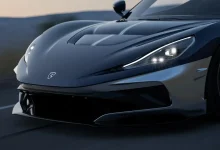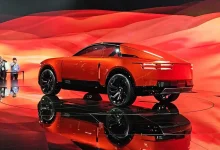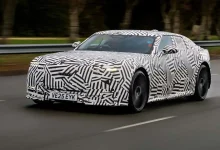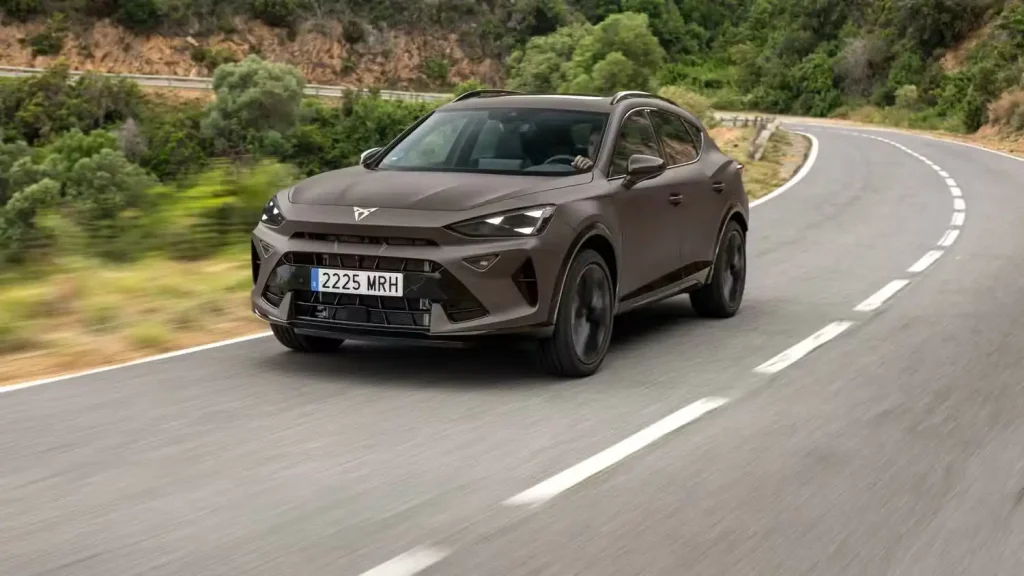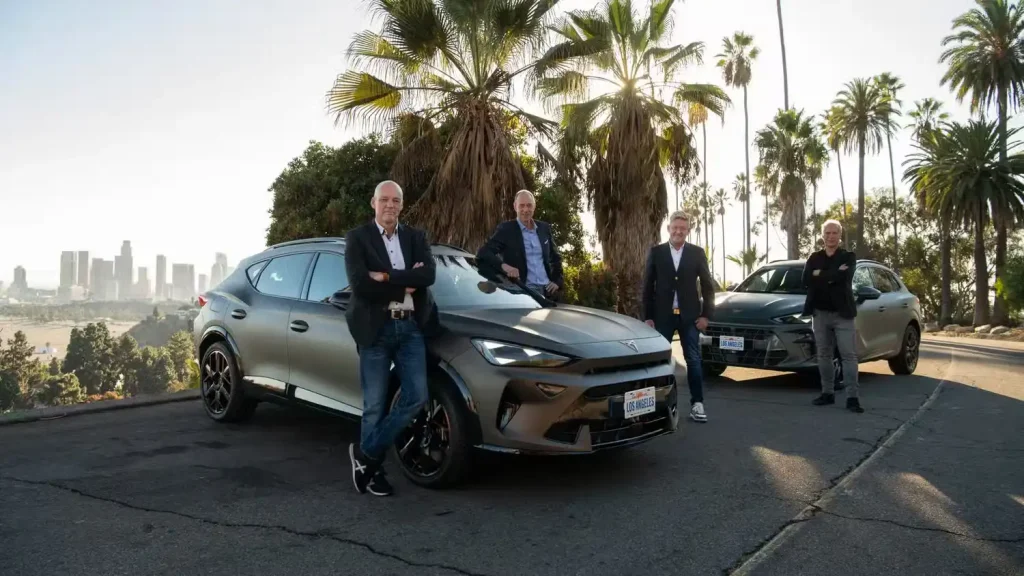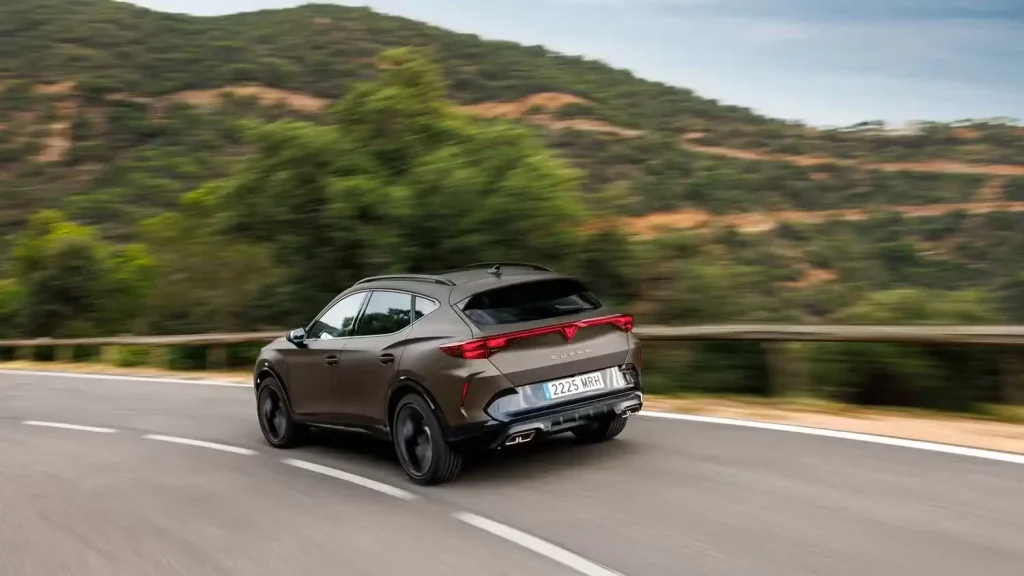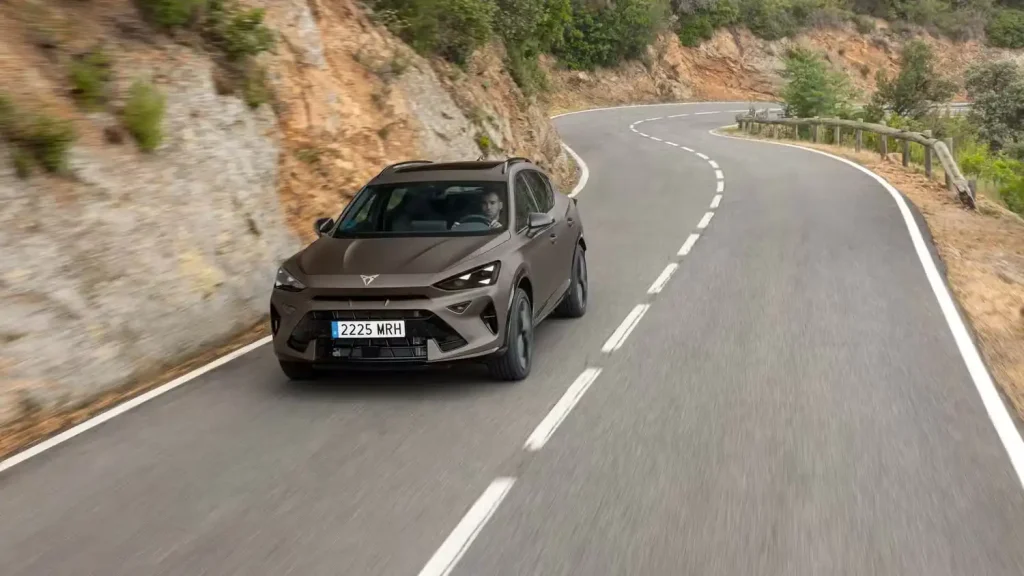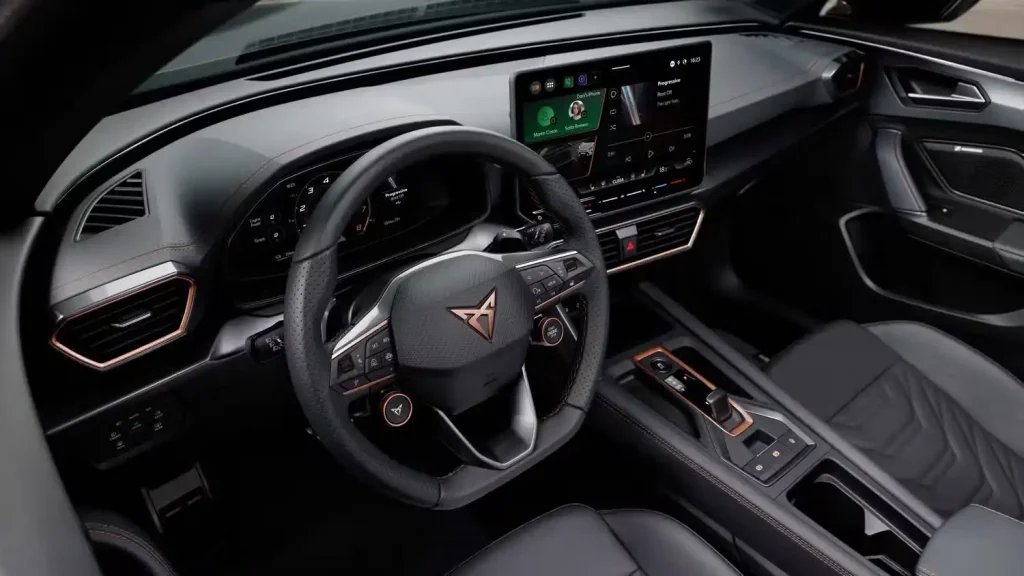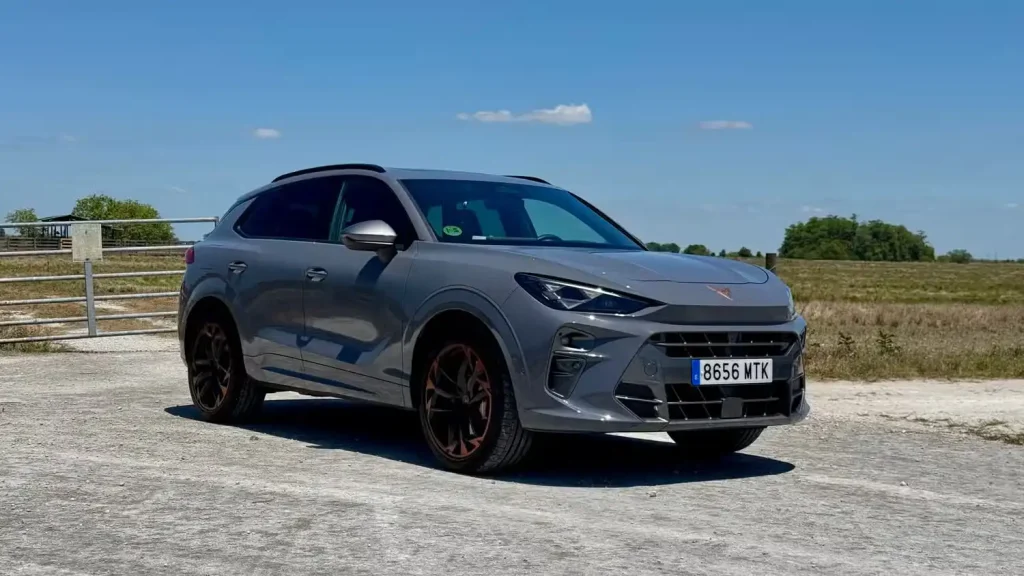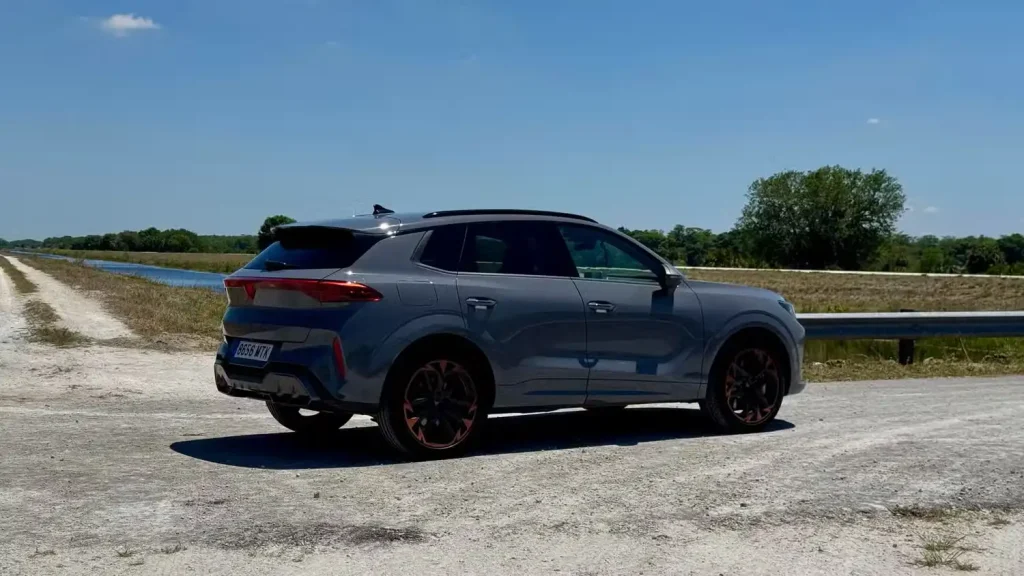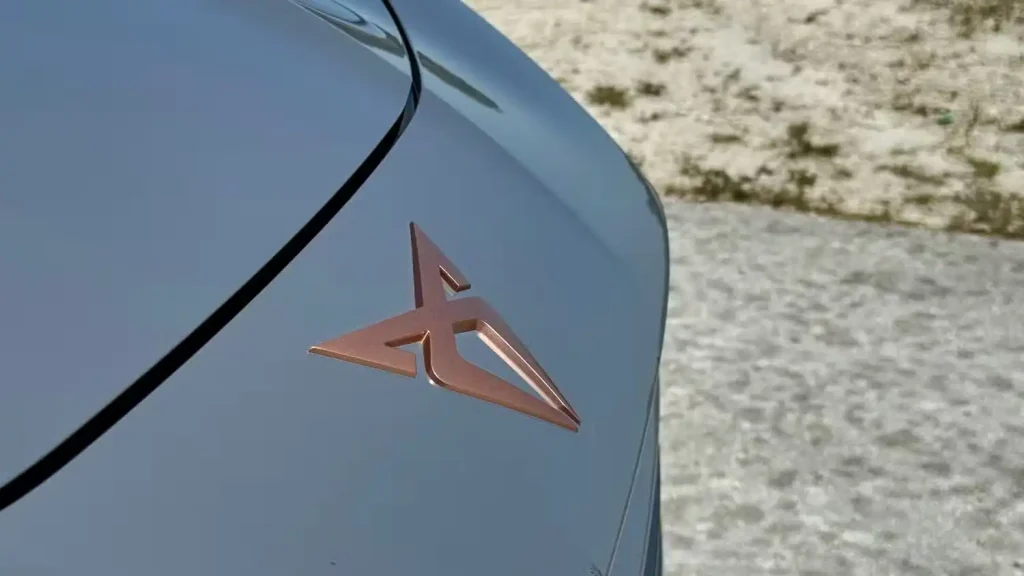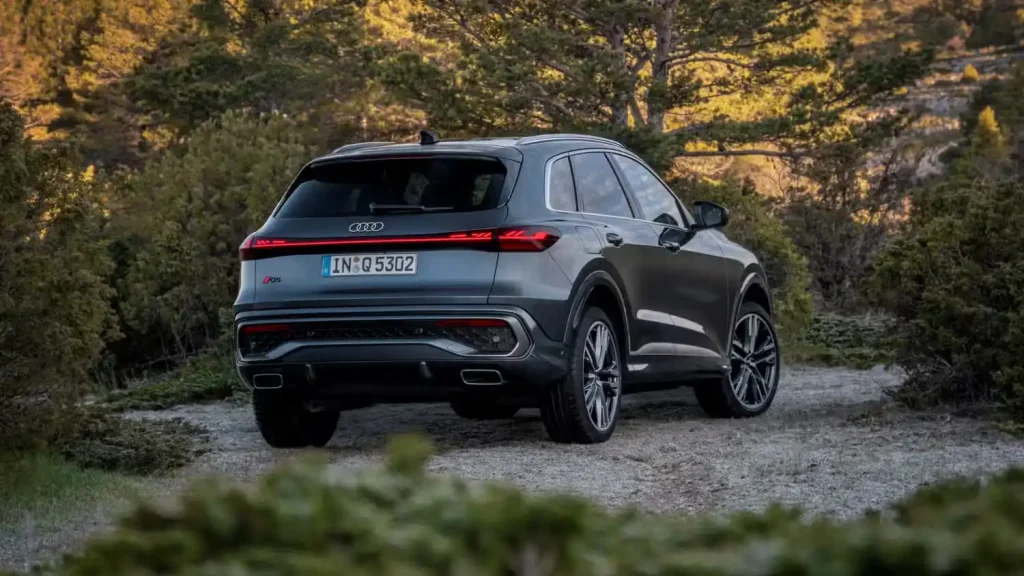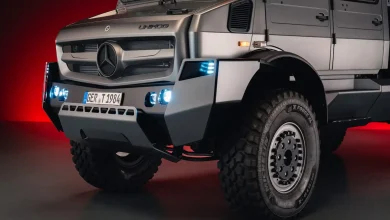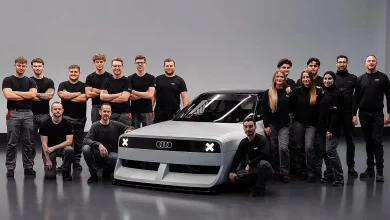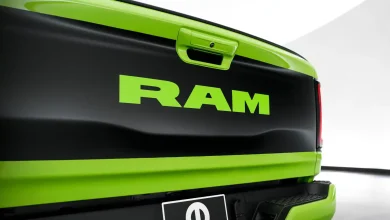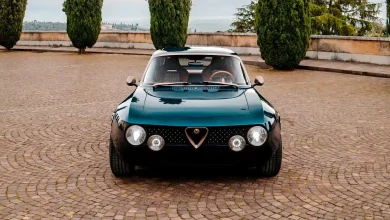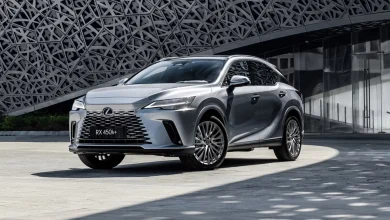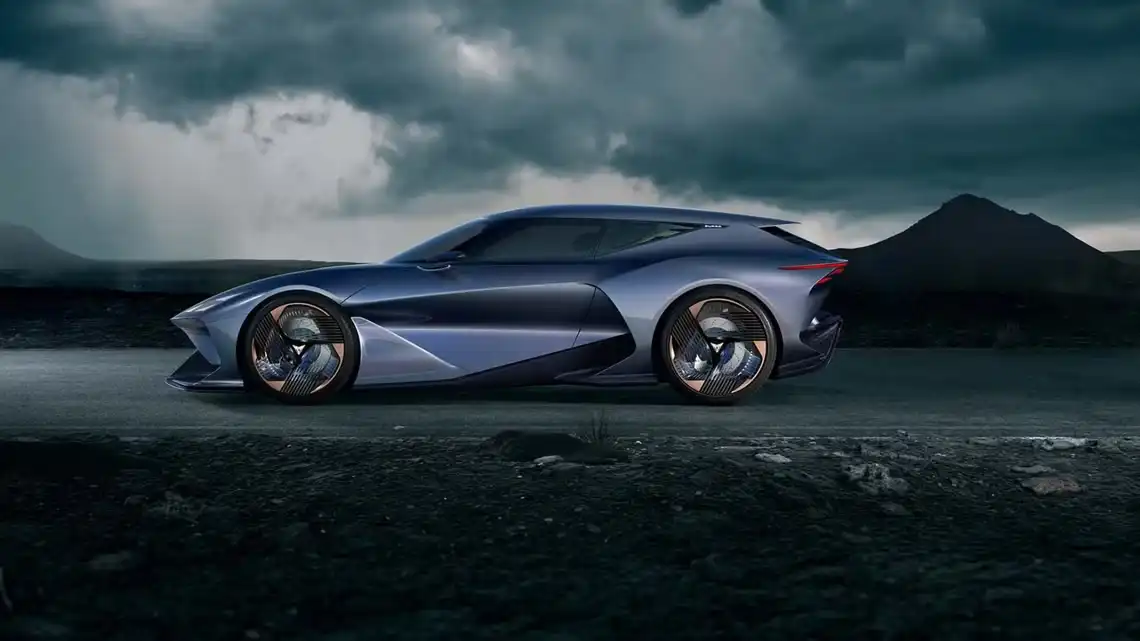
Most Americans probably haven’t heard of Cupra—a sporty Spanish marque owned by the VW Group. Originally launched as the performance division of SEAT, Cupra became its own standalone brand in 2018. Since then, it’s experienced rapid growth. In the first half of 2025 alone, Cupra’s sales jumped 33.4% year-over-year, even surpassing those of SEAT, the very brand that gave it life.
Cupra had set its sights on conquering the American market, with a U.S. debut originally planned for 2030. However, those ambitions are now on pause. The brand has officially delayed its entry, pointing to “market developments” as the reason for the change in course.
Cupra Postpones U.S. Launch Beyond 2030
Cupra is no longer committing to a 2030 debut in the U.S. market. While the Spanish performance brand hasn’t scrapped its American expansion plans entirely, its Q2 2025 business update confirms that the move has been delayed indefinitely. Originally set for 2030, the timeline for Cupra’s entry into the U.S. remains uncertain.
“We’re not backing out—just hitting pause on our U.S. plans. We’ll keep a close eye on how the market evolves in the coming years to decide the right time and strategy for our entry, in line with Cupra’s long-term goals. Until then, we’re focused on maintaining our strong performance in current core markets and preparing to enter promising new regions to further expand our global presence.”
– Sven Schuwirth, Cupra executive vice-president for sales
Cupra had originally planned to enter the U.S. market in 2030, starting with a new, larger electric SUV, and introducing a second model within the first year. The brand aimed to establish 20 “City Garages” in key cities to support its presence. Unlike Volkswagen’s new Scout brand, which intends to sell directly to customers, Cupra was considering partnering with Penske Automotive Group’s dealer network for distribution.
Market Conditions Halt Cupra’s U.S. Expansion
Cupra’s postponement comes as no surprise. Earlier this year, Renault’s performance division Alpine also delayed its plans to enter the American market. While Cupra hasn’t detailed which “market developments” influenced its decision, the signs are clear enough to interpret.
Americans are known for their strong appetite for SUVs, and selling these vehicles in large volumes at healthy profits is crucial for sustaining premium European performance and luxury brands. Until recently, expanding into the U.S. market was an obvious growth strategy for brands like Cupra and Alpine.
However, the U.S. market is currently facing instability on multiple fronts. Under the Trump administration, federal incentives for buying electric vehicles and investments in EV infrastructure have been scaled back, contributing to a slowdown in EV demand. This creates additional challenges for launching a new electric SUV. Moreover, rising tariffs complicate both importing vehicles into and exporting cars from the United States. By the time Cupra plans to launch in 2030, the market landscape could shift significantly once again.
Volkswagen Faces Bigger Challenges
Cupra’s expansion plans depend on the broader strategy of the Volkswagen Group, which currently has several pressing issues to address. Volkswagen is among the automakers most vulnerable to new U.S. tariffs. The VW brand’s American lineup relies heavily on affordable imports from Mexico for models like the Tiguan and Jetta. Meanwhile, Porsche and Audi do not manufacture any vehicles in the United States.
The recent tariffs are squeezing profits and may require Volkswagen to make additional investments. With less available cash, the company is likely to prioritize cost-cutting on non-essential projects—like introducing a new niche brand in the U.S. market. These tariffs also put added pressure on VW to maximize the use of its existing U.S. manufacturing facilities to help offset the financial impact.
